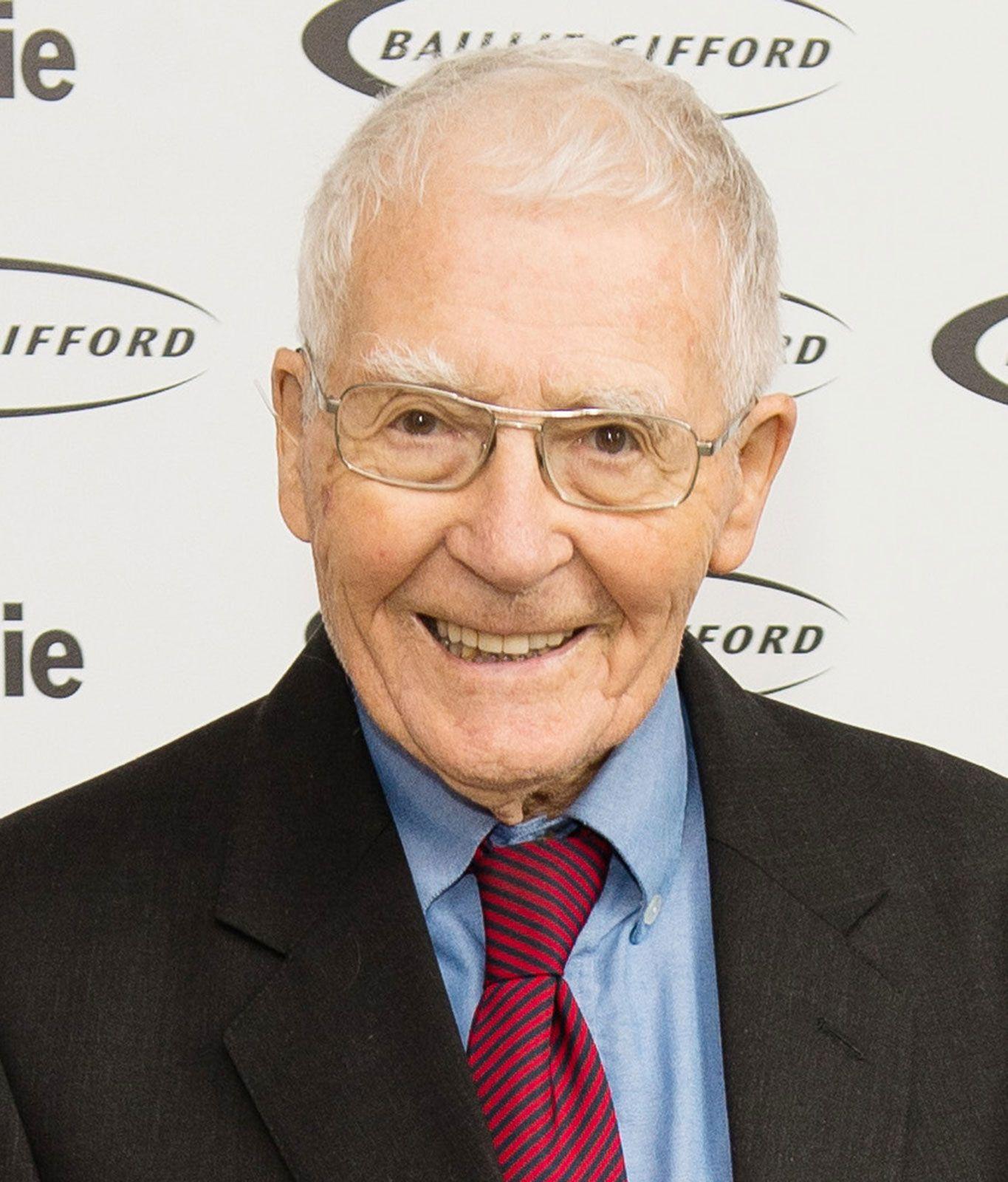Table of Contents
- Understanding the Biosphere Concept and Its Importance in Ecology
- James Lovelocks Vision: The Gaia Hypothesis and Its Impact on Environmental Science
- Exploring the Dynamic Interactions within the Biosphere
- Practical Insights on Protecting and Preserving Our Biosphere
- The Future of the Biosphere: Challenges and Responsibilities Ahead
- Q&A
- In Retrospect
Understanding the Biosphere Concept and Its Importance in Ecology
At its core, the biosphere encompasses all ecosystems on Earth, representing the delicate web of life that integrates organisms and their environments. This concept reflects the profound interdependencies between different species and the environments they inhabit. Understanding this complex interplay is crucial for recognizing how human activities can disrupt these natural systems. The biosphere is vital for numerous ecological processes, including:
- Carbon Cycling: The transfer of carbon among the atmosphere, biosphere, and geosphere, supporting life through energy and nutrient flows.
- Nutrient Recycling: Organisms contribute to the cycling of essential nutrients, ensuring the growth of plants and sustaining food webs.
- Climate Regulation: The biosphere influences local and global climates through the absorption and release of greenhouse gases.
James Lovelock’s contributions have further illuminated the importance of the biosphere through the Gaia hypothesis, which suggests that living organisms interact with their inorganic surroundings to form a complex, self-regulating system. This perspective compels us to consider the biosphere not merely as a passive setting but as an active participant in ecological balance. By recognizing the biosphere’s dynamic nature, we become more aware of how our actions impact its health and stability, leading to consequences that can reverberate across multiple ecosystems.
Furthermore, the biosphere operates as a natural feedback mechanism. For instance, when natural events disrupt biodiversity—such as wildfires or flooding—the effects cascade through the food web, impacting species survival and ecosystem resilience. Aspiring to comprehend these intricate relationships encourages proactive measures in conservation and sustainable practices. Advancing our understanding of the biosphere can guide policy decisions that honor ecological integrity, promote biodiversity, and foster a sustainable future for all living beings on our planet.

James Lovelocks Vision: The Gaia Hypothesis and Its Impact on Environmental Science
James Lovelock’s innovative thinking led to the formulation of the Gaia Hypothesis, a groundbreaking idea that posits the Earth and its biological systems behave as a single, self-regulating entity. This perspective encourages us to view the planet not just as a collection of individual organisms and ecosystems, but as an integrated, dynamic system where living and non-living elements interact harmoniously. Lovelock’s vision significantly shaped contemporary environmental science, urging researchers to consider the interdependence of all life forms and their surroundings.
The implications of the Gaia Hypothesis are profound, affecting various fields within environmental science. Some key impacts include:
- Holistic Approach: Research now emphasizes the interconnectedness of ecosystems, influencing conservation strategies and policies.
- Climate Change Awareness: By illustrating how living systems regulate the Earth’s climate, Lovelock’s concepts have highlighted the importance of addressing human impacts on these processes.
- Ecological Thinking: The hypothesis has fostered a cultural shift towards more sustainable practices, urging societies to adopt a mindset of stewardship over exploitation.
Moreover, the Gaia Hypothesis has inspired various initiatives aimed at protecting the planet’s biosphere. For instance, scientists and activists now collate data to better understand how ecosystems can adapt to environmental changes. The following table illustrates some significant actions influenced by Lovelock’s vision:
| Initiative | Description | Impact |
|---|---|---|
| Global Warming Mitigation | Efforts to reduce greenhouse gas emissions. | Helps maintain climate stability. |
| Reforestation Projects | Replanting trees to restore ecosystems. | Enhances biodiversity and carbon sequestration. |
| Sustainable Energy Practices | Adoption of renewable energy sources. | Reduces dependency on fossil fuels. |
Exploring the Dynamic Interactions within the Biosphere
At the heart of the biosphere lies a complex web of interdependent relationships that define the interactions among living organisms and their environments. This intricate dance involves various species competing for resources, collaborating for survival, and constantly adapting to changes. For instance, primary producers such as plants and algae play a fundamental role by converting sunlight into energy, which forms the basis of the food chain. Meanwhile, herbivores rely on these producers, and predators maintain balance by controlling herbivore populations. Each organism, from the smallest microbe in the soil to the largest mammal, contributes to the overall health and stability of ecosystems, emphasizing the significance of biodiversity.
Moreover, the biosphere is not a static entity; it is shaped by numerous external factors such as climate, geology, and human influence. Changes in temperature, shifts in rainfall patterns, and habitat destruction can disrupt these dynamic interactions, leading to cascading effects throughout the ecosystem. For instance, a decline in bee populations—crucial pollinators—can result in reduced plant reproduction, ultimately affecting food availability for both herbivores and humans. This underscores the importance of understanding how human activities impact ecological networks and highlights the urgency of implementing sustainable practices.
Ultimately, the exploration of these intricate interactions illuminates the delicate balance within the biosphere and reinforces the necessity of preserving our planet’s ecosystems. It is evident that every component has a role to play, and recognizing this interconnectedness is essential for developing effective conservation strategies. Here is a brief overview of the critical roles within these interactions:
| Organism Group | Role in Ecosystem |
|---|---|
| Producers | Convert sunlight into energy (e.g., plants, phytoplankton) |
| Herbivores | Consume producers, transferring energy up the food chain |
| Predators | Control herbivore populations, maintaining ecological balance |
| Decomposers | Break down organic matter, recycling nutrients into the soil |

Practical Insights on Protecting and Preserving Our Biosphere
To effectively protect and preserve our biosphere, we must foster a collective sense of responsibility toward the environment. Education plays a crucial role here; by raising awareness about ecological issues and their ramifications, we can inspire a new generation of environmentally conscious citizens. Incorporating sustainability into the curriculum at all educational levels ensures that future leaders recognize the inherent value of our planet’s ecosystems and their delicate balance.
Additionally, everyone can adopt practical actions in their daily lives to make a significant impact on the environment. Consider implementing the following strategies:
- Reduce, Reuse, Recycle: Practice mindful consumption and waste management.
- Support Local Agriculture: Choose to buy food from local farmers and markets to minimize transportation emissions.
- Conserve Water and Energy: Simple measures, such as using energy-efficient appliances and reducing water waste, can lead to substantial benefits.
At a broader level, collaboration among governments, scientists, and communities is vital for crafting effective policies. Collaboration can lead to the development of innovative solutions, such as renewable energy initiatives and wildlife conservation programs, which help maintain biodiversity. An emphasis on sustainable practices in industry, along with community engagement, can drive significant positive change, ensuring that we preserve the delicate equilibrium of our biosphere for future generations.

The Future of the Biosphere: Challenges and Responsibilities Ahead
As we navigate the evolving narrative of our planet, we must confront the intricate web of challenges poised to influence the future of our biosphere. Scientific consensus underscores the alarming pace at which climate change, biodiversity loss, and pollution threaten ecological balance. Among the most pressing challenges are:
- Climate Change: Rising temperatures and extreme weather patterns disrupt ecosystems and species’ habitats.
- Biodiversity Loss: Habitat destruction and pollution are leading to unprecedented rates of extinction.
- Resource Depletion: Overexploitation of natural resources places immense stress on the biosphere’s capacity to regenerate.
Addressing these challenges calls for a renewed sense of responsibility and strategic action across all sectors of society. By embracing sustainable practices, fostering innovation, and prioritizing conservation efforts, we can begin to repair the damage inflicted upon our planet. Here are some essential responsibilities that lie ahead:
| Responsibility | Actionable Steps |
|---|---|
| Protecting Ecosystems | Implementing wildlife conservation programs and enhancing protected areas. |
| Reducing Carbon Footprint | Adopting renewable energy sources and promoting energy efficiency initiatives. |
| Raising Awareness | Engaging communities through education and outreach campaigns on sustainability. |
The path toward a sustainable biosphere is fraught with challenges, yet it is our shared responsibility to confront these issues head-on. By aligning our actions with thoughtful stewardship and innovation, we can cultivate a resilient biosphere that not only survives but thrives for generations to come. As we build on the foundational ideals of thinkers like James Lovelock, we embrace a holistic view of our planet, recognizing that our actions today will shape the symbiotic relationships that define our existence tomorrow.



0 Comments